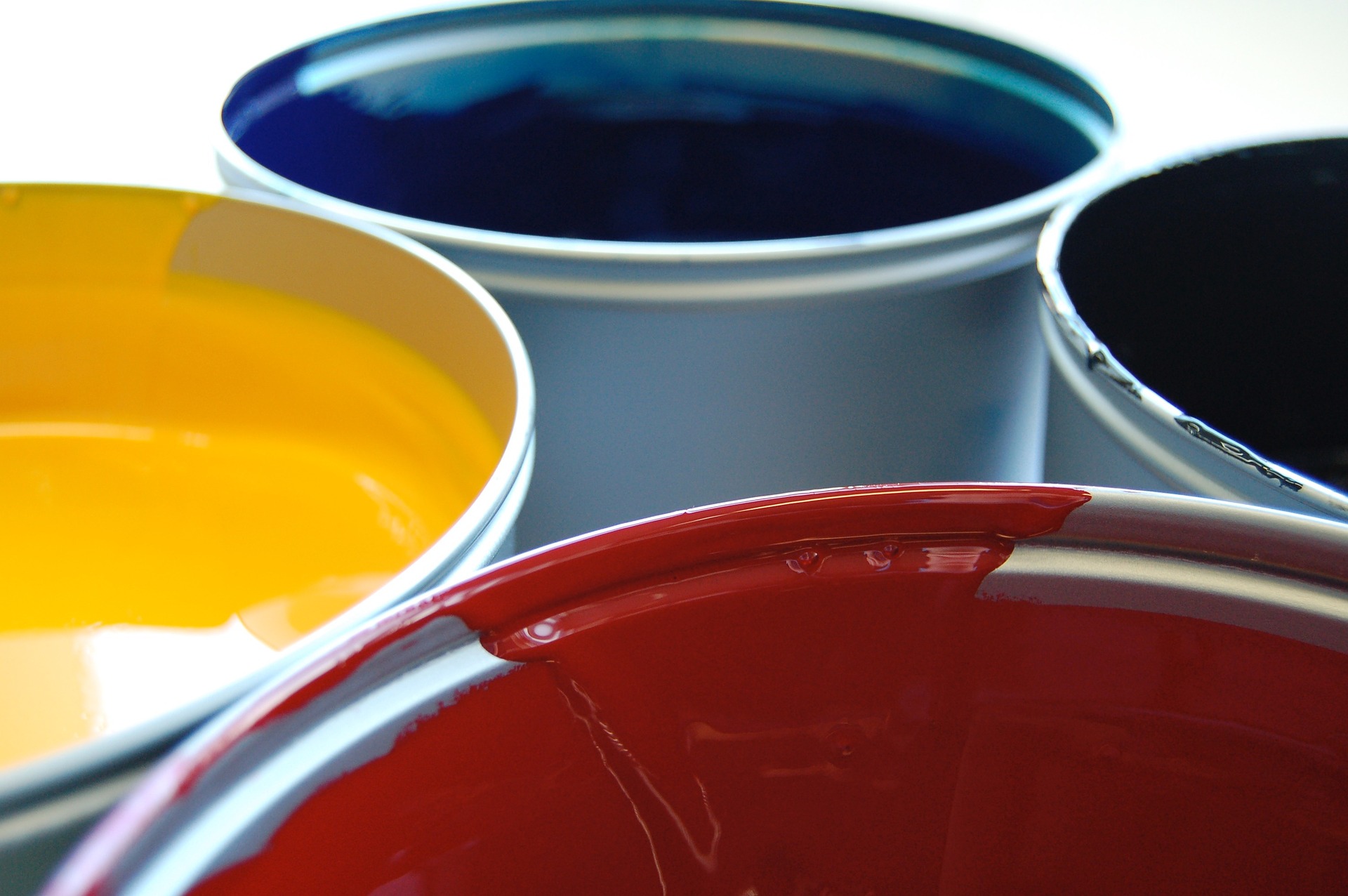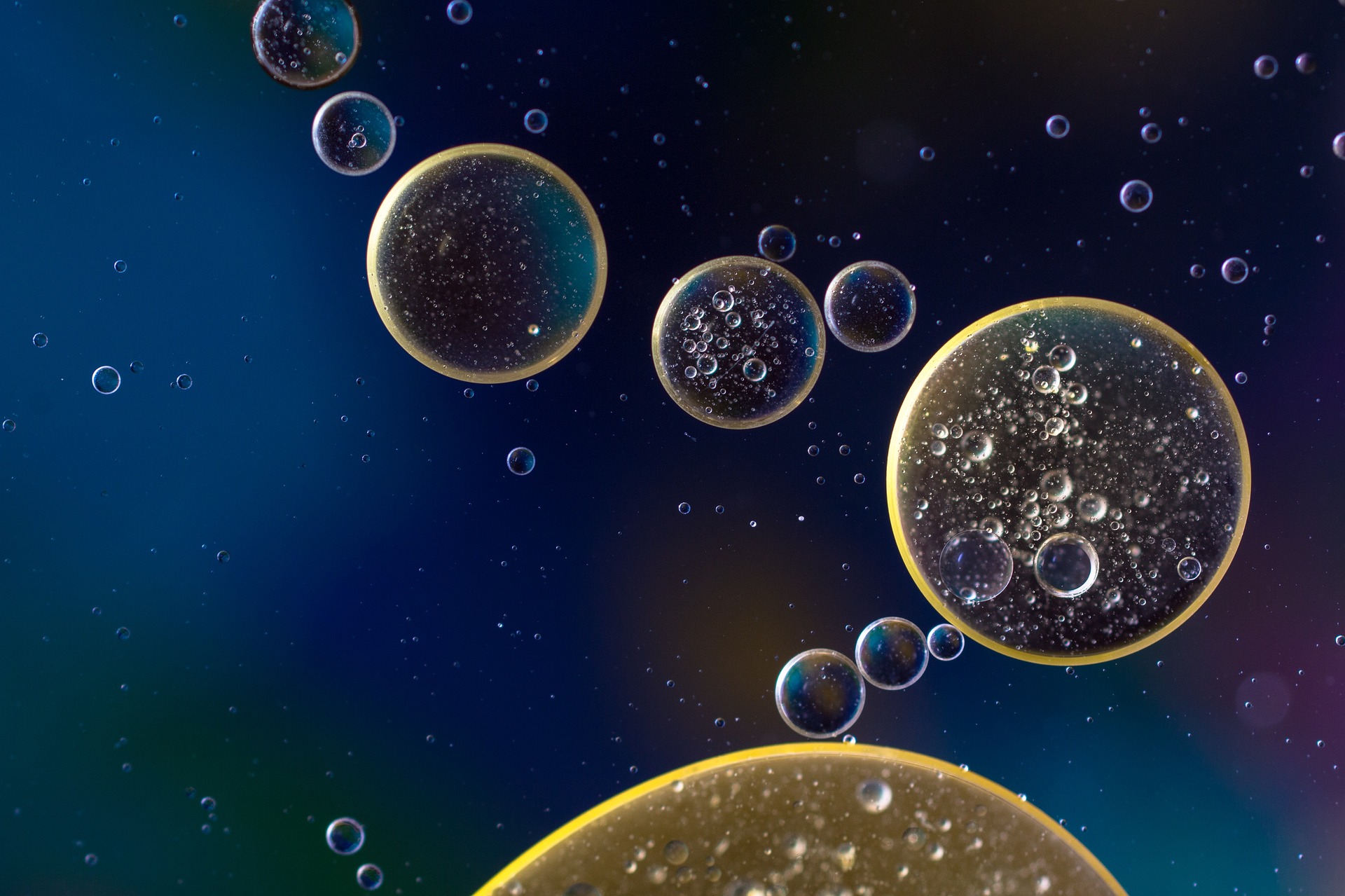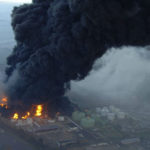You want to eliminate the risk of fire? To avoid degradation of stored substances?
Inerting or blanketing technique is the process by which the gap between a substance stored and the cover of the tank is filled with a nitrogen protective layer.
Meanwhile, an automated system controls inert atmosphere and maintains constant pressure even when the temperature fluctuates and the tank level fluctuates.
Inerting practices:
- inert atmosphere above a combustible substance (including powder or dust);
- protection from the action of atmospheric factors (anti – oxidation);
- personnel, equipment and environment protection, by eliminating the possibility of evaporation of harmful substances into the atmosphere;
- compensation for volume differences created by the variations of temperature, vacuum preventing and atmospheric air absorption;
- preventing oxidation or contamination of the deposited substance;
- humidity reduction.
Controlled risks
Read more

Ideal substances:
- chemical: adhesives, reagents, catalysts, dyes, inks, photographic revelators, detergents, drugs, water, etc.
- food: oils, fats, dairy, beverages, wines;
- fuels: oil and liquefied gas.
Other industrial processes:
- transfer – nitrogen assists a secure transfer of substances from one vessel into another and helps accelerate the process without causing disintegration, alteration or loss of substances;
- production – conditioning treatments, centrifugal drying, and mixing that causes oxidation reactions;
- production – diluting gas mixtures and increasing fluidity;
- protected Cleaning – purging with nitrogen in the reactors, silos, pipelines and other equipment prior to use or prior to an exchange of substances in the same container.
Nitrogen is the most used type of inerting gas: it is widely available – 78% of the atmosphere – and is cheaper than other gas used in the same procedure.
Carbon dioxide is more reactive than nitrogen, and argon is about ten times more expensive than nitrogen!
What do I win?
- Safety in use – the risk of fire is eliminated
- Neutralization of the disease causing factors from the tank atmosphere
- Increasing the storage period for perishable substances
We recommend




